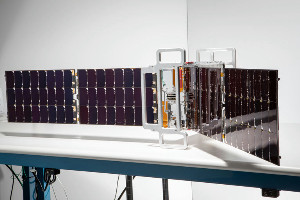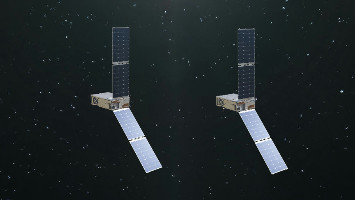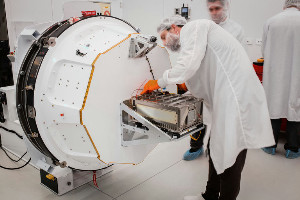| Spacecraft name | PREFIRE |
|---|---|
| Form factor | CubeSat |
| Units or mass | 6U |
| Organization | University of Wisconsin |
| Institution | University |
| Entity type | Academic / Education |
| Headquarters | US |
| Manufacturer | AIVT by ? |
| Partners | NASA, NASA Jet Propulsion Laboratory, University of Michigan, University of Colorado Boulder |
| Costs | $33 million |
| Oneliner |
Measuring the Arctic’s radiant energy and how this energy is affecting the Arctic warming. |
| Description |
Measuring the Arctic’s radiant energy and how this energy is affecting the Arctic warming. Use miniaturized thermal spectrometers about the size of a penny. PREFIRE makes the first full spectral measurements of Far InfraRed (FIR) radiation, revealing the full spectrum of Arctic radiant energy. It fills a major gap in our knowledge of the Arctic energy budget and the role of FIR radiation in Arctic warming, sea ice loss, ice sheet melt, and sea level rise. |
| Results | |
| Sources | [1] [2] [3] [4] [5] |
| Photo sources | [1] [2] [3] [4] [5] |
Related Spacecraft
| Spacecraft | Status | Launcher | Launch date | Orbit |
|---|---|---|---|---|
| PREFIRE-2 (PREFIRE B. Polar Radiant Energy in the Far Infrared Experiment) | Operational (Collecting data as per news 2024-12-03 but GPS had issues) | Electron | 2024-05-25 | 530 km, 97.5 deg |
| PREFIRE-1 (PREFIRE A, Polar Radiant Energy in the Far Infrared Experiment) | Operational (Collecting data as per news 2024-12-03 but GPS had issues) | Electron | 2024-06-05 | 530 km, 97.5 deg |
Last modified: 2024-12-17




